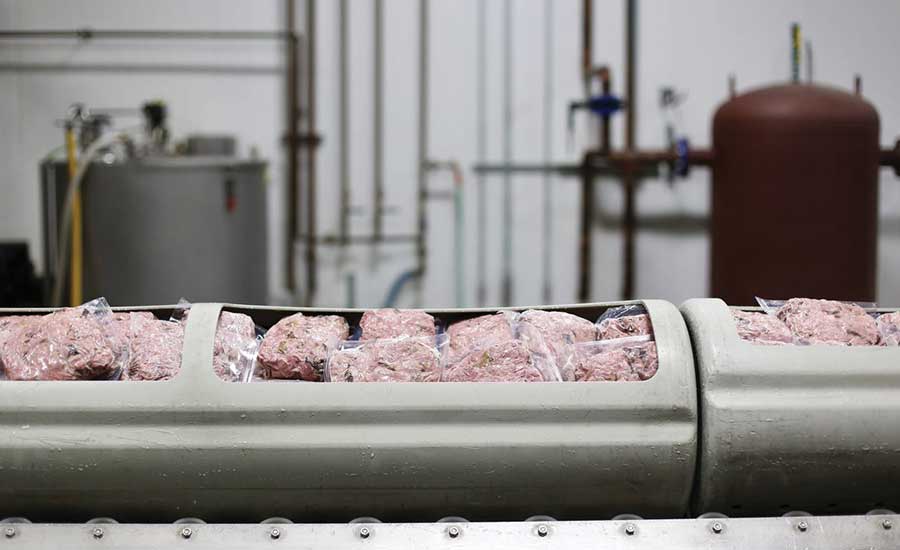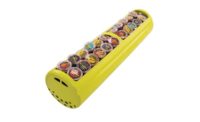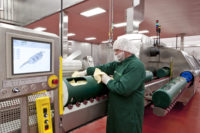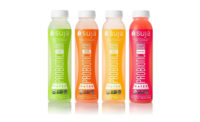High-pressure processing (HPP) is said to be the most widespread emerging food processing technology in the industry, and is expected to reach a market value of $54.77 billion by 2025, according to research presented by ResearchGate, Germany.
But, what was once considered the ultimate food safety solution is now bringing many more benefits to the food processing table.
That’s because applications for HPP continue to expand into new categories, including flavored waters, baby food and pet food, according to Roberto Peregrina, director of Hiperbaric USA, Miami, Fla.
“As food manufacturers innovate around this technology, introducing new products at a fast rate, it allows for rapid growth of the industry,” says Peregrina. “Plus, the message around HPP has evolved. Food safety is, of course, the main attribute, but the conversation has shifted, allowing companies to focus on better-for-you clean label products. The fact that HPP doesn’t affect any of the organoleptic properties of a juice, guacamole or dips means that our customers are able to provide a product that is safe, but also aligns perfectly to the consumer trends we see. HPP is the only processing technology that allows innovation with ingredients that are usually compromised during the thermal process.”
In fact, more and more consumers want foods and beverages that are less processed, contain fewer preservatives and more closely resemble fresh ingredients, says Sarah Segel, marketing and business development manager for American Pasteurization Co., LLC, Wauwatosa, Wis.
“HPP is very much about getting fresher, clean label and more natural foods into the marketplace, with the kind of shelf life that can allow for their distribution across the country and the globe,” she adds. “HPP is a global movement away from heavily processed, heat and chemical-preserved foods to whole foods far closer to their natural state.”
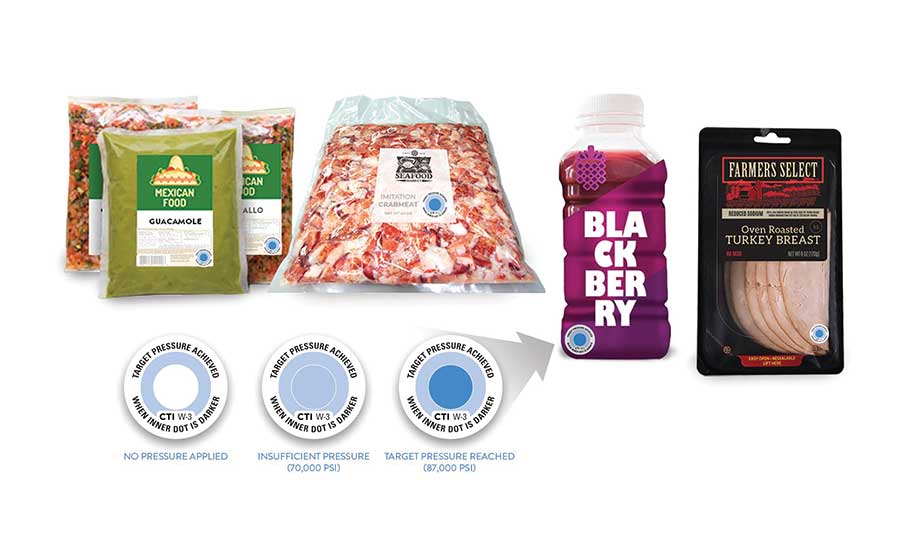
Chromatic Technologies developed BlindSpotz, what is said to be the first and only commercially printable ink that changes color for a given HPP recipe of pressure, time and operating HPP chamber water temperature.
And, while food safety will always be a significant and foundational benefit provided by HPP, the message continues to change, especially as HPP becomes more widely adopted in the industry, says Tom Woodward, chief commercial officer, Universal Pure, Lincoln, Neb.
“With the demands for cleaner labels and more convenient options, consumers look for products that are healthy, fresh and not frozen,” he says. “It is important to include all of the benefits of HPP in the messaging because the technology offers much more than food safety.”
How HPP becomes a trend
HPP was first introduced around 2000, when researchers primarily focused their attention on demonstrating the food safety benefits of HPP technology. Since then, consumer expectations on processed food have become more stringent.
“Ongoing research conducted at academia found that high-pressure processing is a versatile technology and can be used beyond food safety. For example, high pressure can be used to preserve foods with extended shelf life without or minimal use of synthetic preservatives. This helped food processors to remove synthetic ingredients and development of ‘pressure-treated clean label’ products beyond food safety,” says V.M. Balausbramaniam, professor of food engineering, The Ohio State University, Department of Food Science and Technology, Department of Food Ag Bio Eng., Columbus, Ohio.
Today, HPP is compelling.
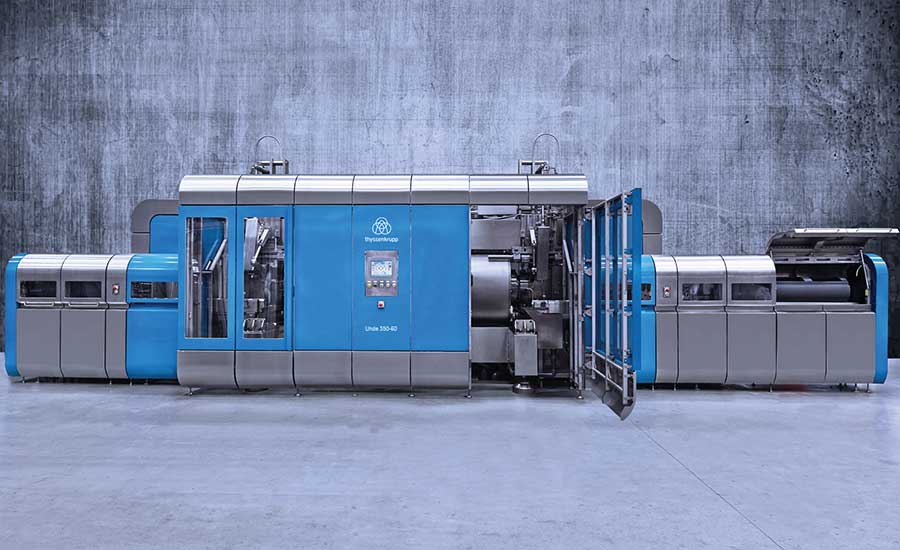
thyssenkrupp invested in what is said to be the largest HPP Center of Excellence in Germany, combining technology experience from universities, the German Food Institute and Uhde.
“Food safety plus clean label plus longer shelf life plus less food waste—it almost seems too good to be true, except it isn’t,” says Lisa Wessels, marketing director, HPP for JBT/Avure, Erlanger, Ky.
According to Refrigerated & Frozen Foods’ July 2019 State of the Industry report, the cold food and beverage industry is experiencing a major marketplace disruption, with e-commerce, direct-to-consumer (DTC) and grocery delivery services becoming more prevalent.
HPP’s ability to extend the shelf life of products aids with DTC sales as companies employ non-traditional methods of shipment, says K. Joseph Swanson, vice president of operations quality for West Liberty Foods, LLC, West Liberty, Iowa.
“I believe there will be growth in ready-to-eat meals. The home delivery model provides highly diverse meals, but can still require a significant time outlay for preparation. A ready-to-eat meal can provide the same variety with minimal prep time. Adding HPP to the meal provides an extended life without affecting the physical attributes of the components,” he adds.
If anything, HPP helps drive DCT business, says Jasmine Sutherland, president, Texas Food Solutions, Katy, Texas.
“HPP products are safer, and with direct-to-consumer, there is less tracking of the cold supply chain,” Sutherland says. “It is an added insurance policy in our minds. It also helps in a massive way by significantly cutting the lead times from ordering to delivery for the consumer. With an extended shelf life, producers can afford to keep extra stock on hand vs. make to order.”
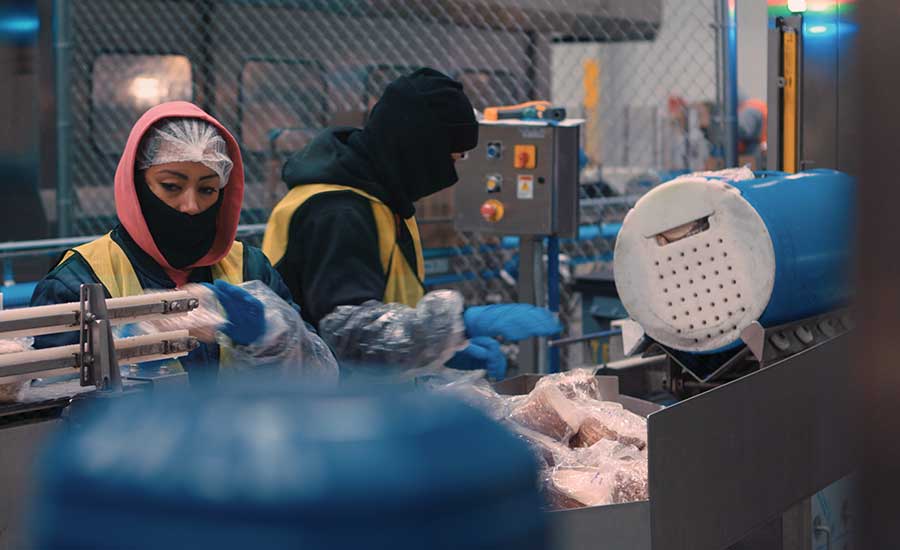
“Because HPP helps extend the shelf life of products, it has the potential to dramatically reduce spoilage in transit and be a beneficial solution for a direct-to-consumer model,” says Tim Smith, executive vice president, sales and business development for Lineage Logistics.
Facilitating the DTC supply chain for temperature-controlled items is already very complex, says Tim Smith, executive vice president, sales and business development, Lineage Logistics, Novi, Mich.
“Because HPP helps extend the shelf life of products, it has the potential to dramatically reduce spoilage in transit and be a beneficial solution for direct-to-consumer model,” he says.
Furthermore, the e-commerce and DTC trends have created a unique challenge to the refrigerated food industry that HPP providers can solve.
“Most manufacturers do not have the space or systems in place for e-commerce,” says Michael Billig, vice president, business development for HydroFresh HPP, an affiliate of Keller Logistics Group, Delphos, Ohio. “This opens an opportunity for HPP toll service providers to perform the HPP function along with the e-commerce distribution.”
Consumer education
Part of the challenge with regards to HPP is educating consumers on the technology and its benefits.
“Consumers primarily purchase a food product on perceived value, quality benefits and convenience, among others,” says Balausbramaniam. “They do not purchase a food product for the sake of technology. Thus, it is important to communicate and educate consumers about potential benefits of pressure-treated products.”
That’s why companies like JBT/Avure, Hiperbaric, American Pasteurization, West Liberty Foods and Good Foods Co., the Pleasant Prairie, Wis.-based recipient of Refrigerated & Frozen Foods’ 2020 Refrigerated Foods Processor of the Year, among others, co-founded the Cold Pressure Council (CPC).
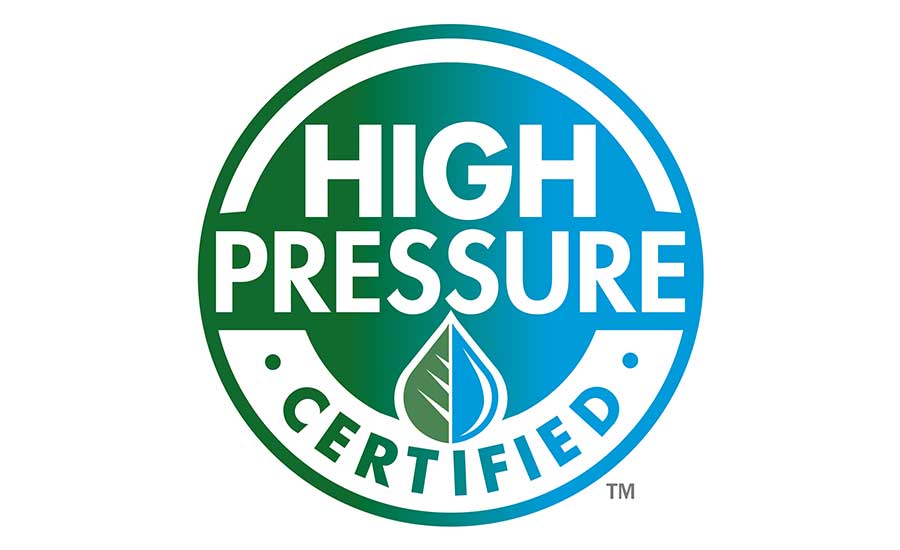
The Cold Pressure Council released the High Pressure Certified seal, which verifies that the food product was produced using HPP technologies.
CPC then released the High Pressure Certified seal, which verifies the food product was produced using HPP technologies.
“Trends show that consumers continue to demand safe, healthy and great tasting foods that are free from unnecessary ingredients. Most education has really been focused on the industry. Brands and manufacturers who recognize these requirements can benefit from the features offered by HPP, and often at premium prices,” says Woodward. “The High Pressure Certified seal gives brands the opportunity to align themselves with the quality and assurance provided by HPP technology. As more and more food producers become compliant with the requirements to promote this seal on their packaging, we are confident that consumer recognition of this symbol will provide confidence in the quality provided by these brands.”
The CPC was also formed to be an advocate for the use of the technology, adds Swanson.
“The council also provides a platform for consumers to understand the benefits of the technology,” he adds. “The council has developed standards to ensure that the technology is used in a manner that delivers the expected outcomes. Use of the CPC seal informs the consumer that the business using the seal complies with the established standards.”
Furthermore, Europe continues to increase HPP capacity every year, according to Boris Brockhaus, product manager HPP, thyssenkrupp - Uhde High Pressure Technologies, Germany.
“Huge countries like China or India are beginning to start with HPP; there will be a high potential within the next year for new products,” he adds.
New equipment, new ways of doing business
Regardless if the final product is for retail or DTC, today’s HPP equipment manufacturers develop solutions to fit consumers’ and their customers’ ever-changing industry needs.
For instance, Universal Pure acquired Stay Fresh Foods, Meriden, Conn., further expanding its operations throughout the United States.
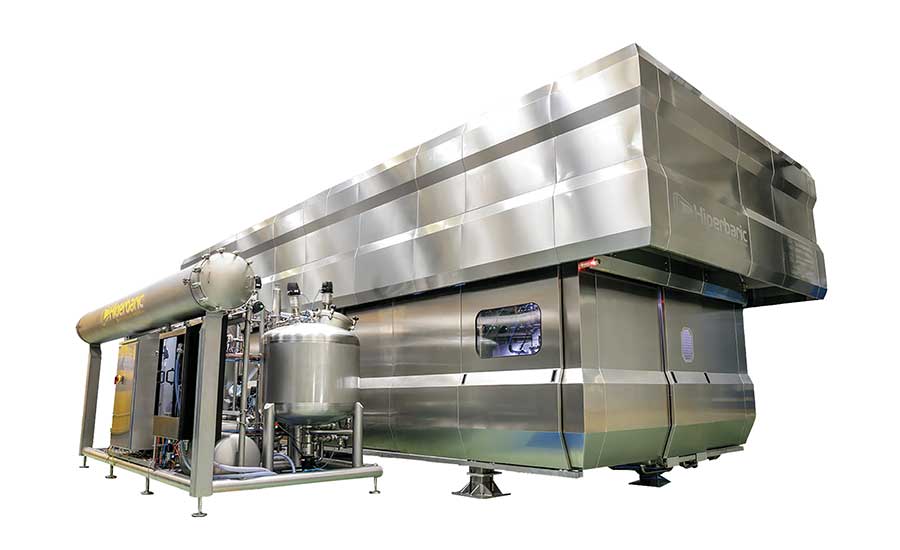
Hiperbaric manufactured Hiperbaric Bulk technology for large productions of HPP beverages.
“As HPP continues to expand across new product categories every year, this will only serve to increase the market value in the future,” says Woodward.
In late 2018, American Pasteurization acquired Freshco Foods, a Milwaukee-based premium and specialty food co-packer, and partnered with Bainbridge Beverage Co., Sacramento, Calif., to make available cold-pressed juicing, cold-brewing and bottling under the same roof as HPP and pack off services.
For its part, Chromatic Technologies Inc. (CTI), Colorado Springs, Colo., developed BlindSpotz, what is said to be the first and only commercially printable ink that changes color for a given HPP recipe of pressure, time and operating HPP chamber water temperature. BlindSpotz differentiates between packages processed at 70K psi, 80K psi and 87K psi.
“HPP indicators that visually show whether a product package has been successfully HPPed gives us an opportunity to change the world for the better in ways that other packaging innovations may not,” says Barry McCann, product director for CTI.
Hiperbaric developed Hiperbaric Bulk technology for large productions of HPP beverages. Both machines—Hiperbaric 525 Bulk (one vessel of 525 liters) and Hiperbaric 1050 Bulk (two vessels of 525 liters)—are based on a patent-pending technology in which beverages are processed in bulk (before bottling).
“The Hiperbaric Bulk technology will fit perfectly into any large beverage production line, and will allow the use of any kind of packaging after HPP, no matter the material, design or size,” says Peregrina.
JBT/Avure acquired a proprietary HPP meat technology that retains the natural appearance and texture for fresh ground meat.
Teinnovations LLC, Warrenville, Ill., created a universal HPP film that seals hermitically to all container substrates, including PET, PP, CPET, PS and PLA.
And, thyssenkrupp invested in what is said to be the largest HPP service center in Germany, scheduled to open in 2021. This center of excellence includes the combination of universities, application research by the German Food Institute and Uhde’s technology experience.
Although HPP continues to be the ultimate food safety solution for refrigerated foods and beverages, development and innovation bring many more benefits to the food processing table.
